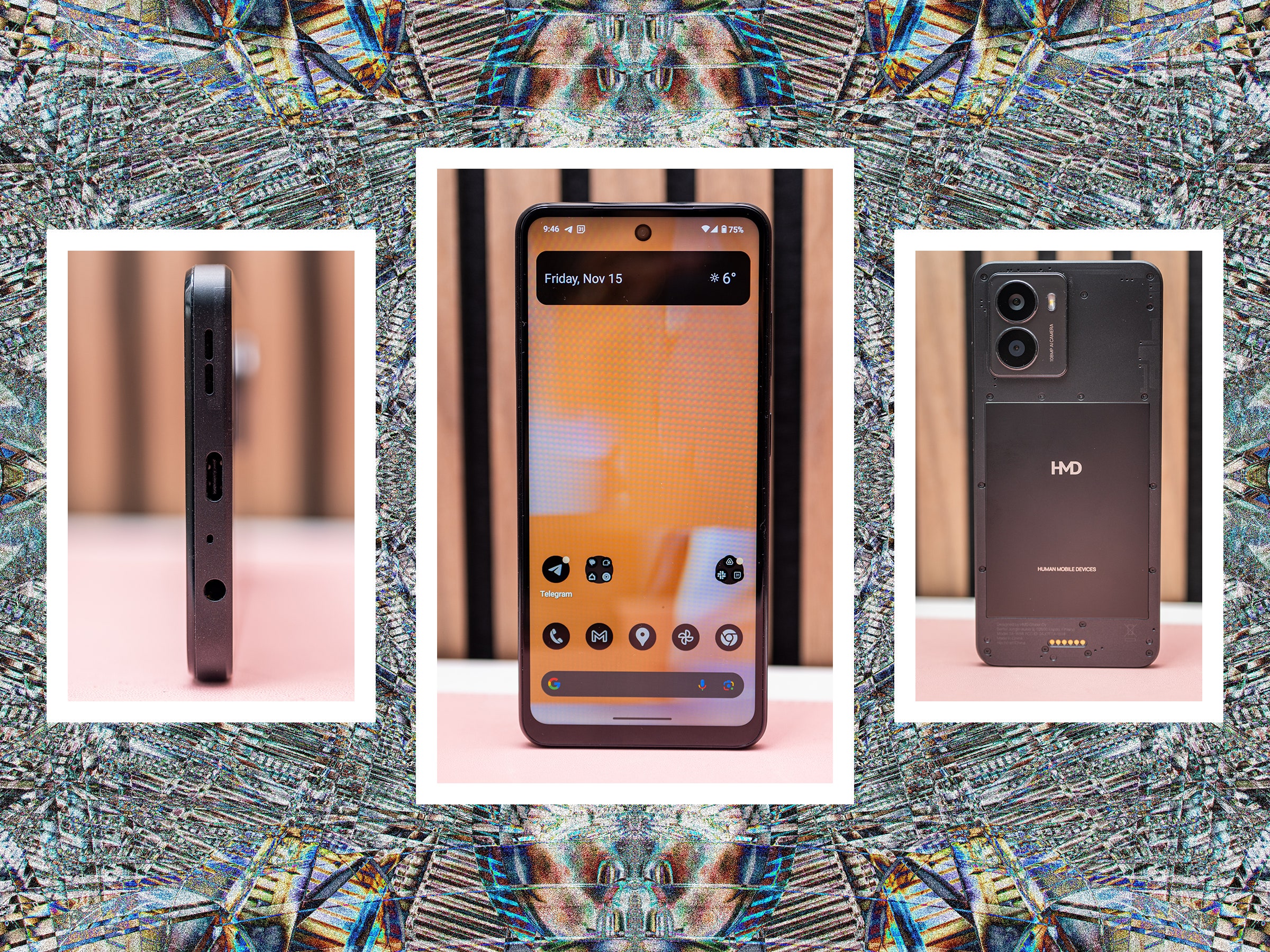I have probably tested close to 100 cheap phones over the past 9 years, and I've never really had to worry about bringing a backup in case things go awry. Budget phones are usually sluggish but work well enough. But I almost immediately regretted not bringing a spare smartphone when I took the HMD Fusion on a short trip to another state.
The first sample of this Android phone kept freezing and restarting itself on the way to the airport. Then, further fueling my panic, it would boot up the home screen but my passcode wouldn't work. “Passcode is incorrect.” What? Thankfully, a forced restart would set it back to normal. However, for the entirety of the weekend of my friend's wedding in Kentucky, the Fusion would restart itself constantly. It also refused to launch Slack—though that may have been a blessing as work was off my mind that whole time.
HMD said it could not replicate my issues, so the company sent me another unit. It's been perfectly fine. It's hard to suddenly shift gears after being so frustrated at this black monolith, but this is a decent $300 phone. It also has a trick up its sleeve that no other phone has today: mods.
Return of the Modular Phone
HMD might not be a name you're familiar with, so to recap quickly, it's a Finnish company that licensed the Nokia brand to churn out Nokia Android smartphones and feature phones (aka dumb phones). It began doing this in 2017, but earlier this year, the company announced that while it would still make Nokia phones, it also plans to craft phones under its namesake (which, by the way, stands for Human Mobile Devices). Its feature phone business continues too, with bigger collaborations like the Boring Phone and the Barbie Phone.
The HMD Fusion is one of those devices (there was also the Skyline and the Vibe). It has a focus on repairability—just remove a handful of screws and you can replace many of the parts, from the battery to the screen, and the company plans to carry these parts for seven years. (Much of this is needed to adhere to upcoming laws in the European Union.)
But what makes it really stand out are the pogo pins on the back. In fact, the whole back of the phone looks as though it's incomplete. That's because you can attach Outfits, as HMD calls them. These modular components can change the phone's look with different color backings. They don't magnetically stick like iPhones and MagSafe. Instead, these Outfits are like cases, and the pogo pins don't just transfer power but data as well.




